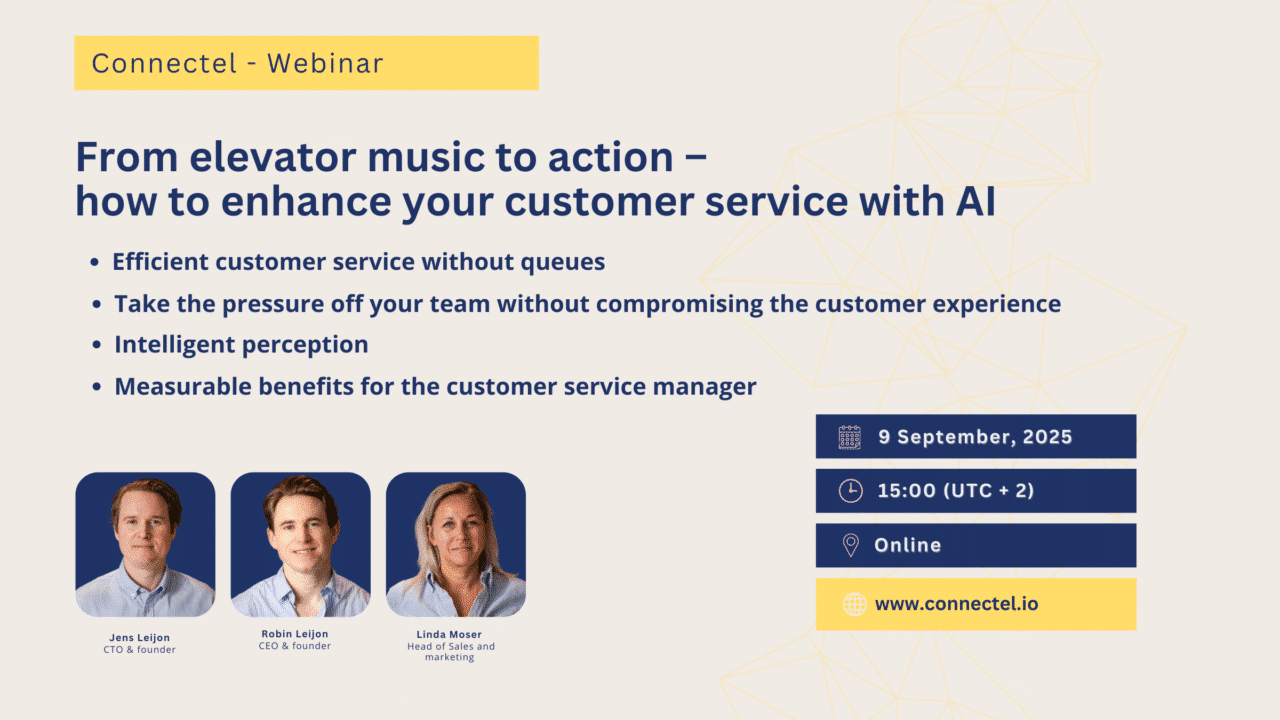
Proven strategies to tackle long queue times in your contact center
Long queue times can be frustrating for both customers and agents in a contact center. When customers are left waiting for extended periods, it can negatively impact customer satisfaction and loyalty. Moreover, overwhelmed agents may struggle to deliver quality service, leading to increased stress levels and decreased productivity. In this blog post, we will discuss actionable tips and strategies to effectively deal with long queue times in your contact center, helping you improve customer experiences and agent efficiency.
Analyze Historical Data
To effectively address long queue times, it’s important to start by analyzing historical data from your contact center. Examine metrics such as average handling time (AHT), call volume patterns, and peak hours. By understanding these patterns, you can allocate resources more effectively, adjust staffing levels, and schedule breaks during quieter periods.
Implement Call Routing Strategies
Implementing intelligent call routing strategies can significantly reduce queue times and enhance customer satisfaction. Consider using skills-based routing to direct calls to agents with specific expertise in the required area. Additionally, voicebots can be utilized to provide self-service options for customers, allowing them to resolve simple queries without waiting for agent assistance.
Offer Self-Service Options
Empowering customers with self-service options can be a game-changer in reducing queue times. Consider implementing a comprehensive knowledge base or a dynamic FAQ section on your website that addresses common customer queries. Provide clear instructions and easily accessible information so customers can find answers independently, freeing up agents to handle more complex issues.
Implement Callback and Virtual Queuing
Callback and virtual queuing are effective strategies to alleviate customer frustration caused by long wait times. Instead of forcing customers to remain on hold, offer them the option to request a callback at a convenient time. Virtual queuing allows customers to reserve their spot in the queue without having to wait on the line, reducing perceived wait times and increasing customer satisfaction.
Optimize Workforce Management
Workforce management plays a crucial role in minimizing long queue times. Consider using forecasting and scheduling tools to accurately predict call volumes and schedule agents accordingly. It’s essential to strike a balance between staffing levels and customer demand, ensuring adequate agent availability during peak hours and optimizing agent utilization during quieter periods.
Empower Agents with Training and Tools
Equipping your agents with the right training and tools can significantly enhance their efficiency and ability to handle customer queries effectively. Provide comprehensive product knowledge training, soft skills development, and ongoing coaching sessions. Additionally, ensure that agents have access to a user-friendly and efficient customer relationship management (CRM) system, knowledge base, and other relevant tools to streamline their workflow.
Monitor and Continuously Improve
Regularly monitor and evaluate your contact center’s performance metrics to identify areas for improvement. Track key performance indicators (KPIs) such as average speed of answer (ASA), first-call resolution (FCR), and customer satisfaction scores (CSAT). Solicit feedback from both customers and agents to gain valuable insights and make informed decisions to optimize processes and reduce queue times.
Conclusion
Long queue times can have a detrimental impact on both customer satisfaction and agent productivity in a contact center. By implementing the strategies outlined in this blog post, you can effectively tackle this challenge and enhance the overall customer experience. Analyze historical data, implement call routing strategies, offer self-service options, and optimize workforce management to create a more efficient and customer-centric contact center. Empower your agents with training and tools, monitor performance metrics, and continuously strive for improvement. By prioritizing customer needs and streamlining operations, you can minimize long queue times and build stronger customer relationships.


